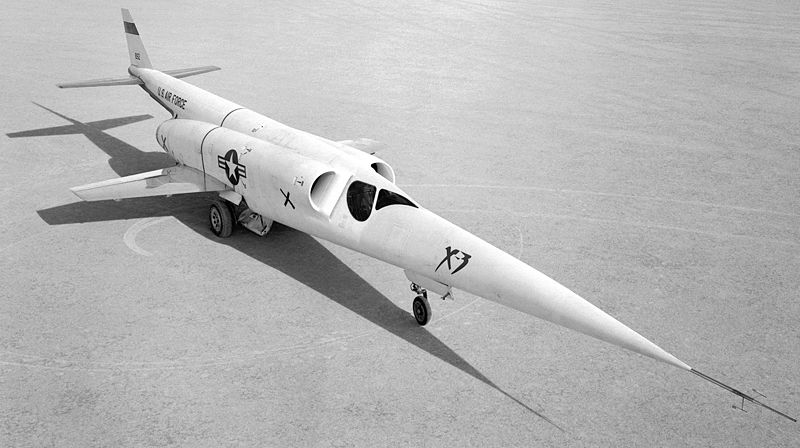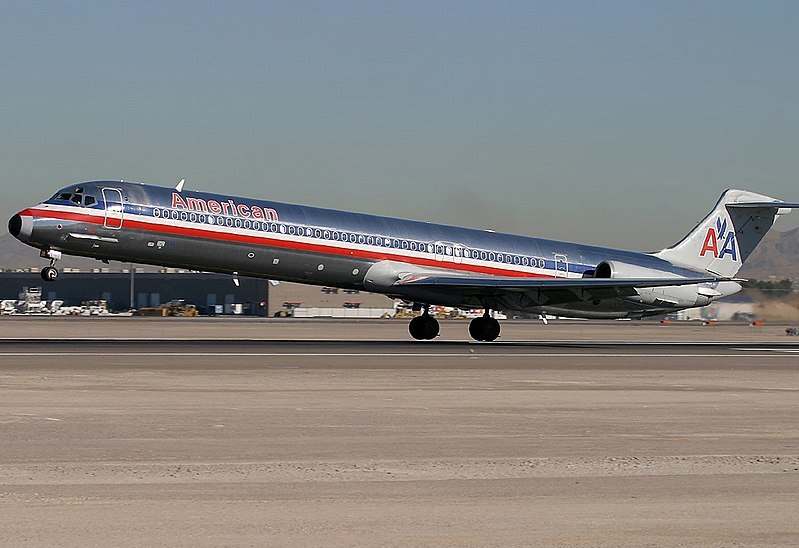AggieMike88
Touchdown! Greaser!
- Joined
- Jan 13, 2010
- Messages
- 20,805
- Location
- Denton, TX
- Display Name
Display name:
The original "I don't know it all" of aviation.
Referencing this photo for the Aerion AS2

How do these small wings set so far back "work" from a lateral stability standpoint?
My experience with the various wing placement for GA aircraft has me understanding how wing placement within the CG envelope works since the center of lift isn't too far from the CG. And the Wing is pretty close to the center of the "nose to tail" dimension.
But for the Aerion airplane, to me, the wing is so far back, and no canard near the nose. So how is this a stable aircraft?

How do these small wings set so far back "work" from a lateral stability standpoint?
My experience with the various wing placement for GA aircraft has me understanding how wing placement within the CG envelope works since the center of lift isn't too far from the CG. And the Wing is pretty close to the center of the "nose to tail" dimension.
But for the Aerion airplane, to me, the wing is so far back, and no canard near the nose. So how is this a stable aircraft?




